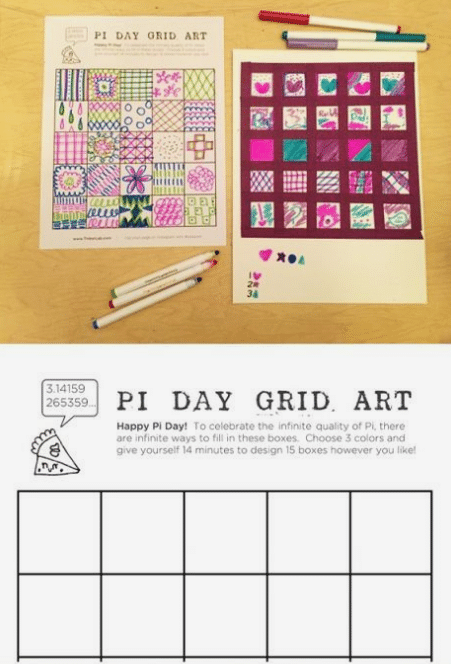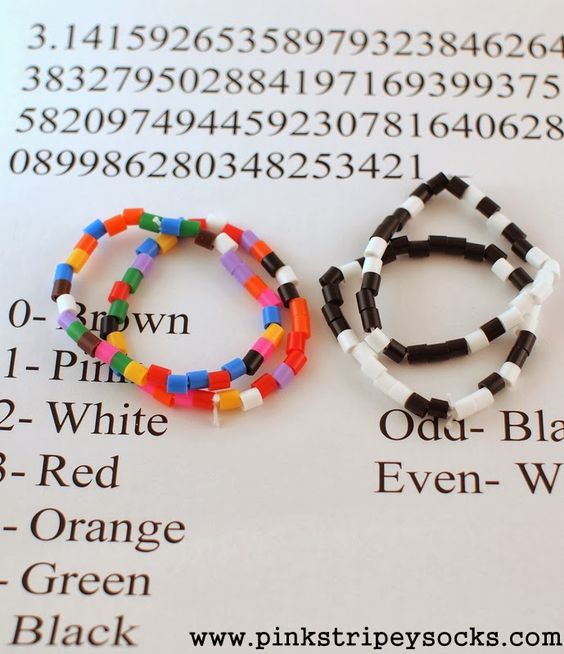
by California Casualty | Educators |
We know you love your students but right about now you and the rest of our teachers deserve a break from the stress and the daily grind. And that circled-in-red spring break on your calendar is getting deliciously close (or here)!
We invite you to make this break truly count — What are the things you keep wanting to get done but haven’t had time for? Or maybe you’re feeling the need to toss the to-do list, focusing instead on really relaxing and replenishing yourself before you start the next term. Whatever you decide on, make sure it’s not work-related! (and is socially-distanced and safe, of course).
You may have some plans or activities in mind, but if not, check out our tips below and see if they spark some ideas!
1. Move it, move it! Getting your body moving is a surefire way to work out the stress, get to that state of “good tired” and return to a healthy balance. And what a great way to enjoy the spring weather. Whether it’s hiking, biking, running, rock climbing, or walking, you can’t go wrong – pick one or more and get moving.
2. Read for pleasure. If you suffer from Tsundoku, now’s the time — crack open those books that have been staring at you from the shelf or nightstand. Dedicate some time at night, in the morning or on lazy afternoons and give yourself the gift of getting lost in a great book (pssst, no work reading!).
3. Catch up on your binge-watching. Perhaps instead of books, you have movies or shows you haven’t had time for. Go ahead and indulge, sans guilt.
4. Retail therapy. It doesn’t need to be extravagant but treating yourself to a shopping spree can be a lovely re-energizing pick-me-up. If nothing else, it’s fun to window shop. Anything you’ve been needing or had your eye on?
5. Quality time with your family. Balancing family life and work life is always tough – but has been extra challenging for the last year. If you’ve been missing time with your family or kids, take this opportunity to do some fun, leisurely things you usually don’t have time for. Movie nights, crafts, making forts, date nights, sports, time outdoors – the list is endless.
6. Start a new habit. We all know habits take time and repetition to stick. If there’s a habit you’ve been wanting to start (Meditation? Getting to bed earlier? Giving yourself a digital detox?) spring break is a perfect time to do it.
7. Do a day-trip adventure. Perhaps the prospect of a full day of solo time sets your heart aflutter. Maybe there’s a little town nearby that’s perfect for aimless wandering, or you’re close to a beach where you can walk the shore and watch the sunset. Check your map for destinations that are one to two hours away – you’ll probably be surprised at all the choices!
8. Hit the mat. Is there a yoga place (outdoors!) you’ve been wanting to try? Now’s the time to do it. There really is nothing like getting some yoga time in to de-stress, limber up, build strength, and center yourself.
9. Grab a guilt-free coffee – and stay as long as you want. If you’re a café aficionado, spring break is a great time to frequent your favorite outdoor coffee spot – in fact, make it a daily ritual if you like! Enjoy some unstructured time to commune with your favorite hot (or iced) beverage, and maybe a good book … or journal, or sketchbook, etc.
10. Picnic in the park. Spring sunshine was made for leisurely picnics in the park. Gather up some goodies from home (or nearby take-out places), throw them in a basket, and go! Don’t forget a blanket, hat, and sunscreen – and family if they want to join 😉
11. Try new dishes. After too many quick and easy lunches at your desk, take this opportunity to rediscover the joy of food. This might mean trying take-out from new-to-you restaurants – which is a win-win and supports local businesses. Or, if you enjoy cooking, look into tackling some new and exciting recipes at home.
Keen readers will notice that none of these ideas has anything to do with work, ha! Make sure your spring break is all about you – there will be plenty of time for work when it starts up again. Want more relaxation tips? – check ‘em out here. And remember, if your spring break plans include leaving town or venturing out in public, bring extra masks and sanitizer just to be extra safe.
Educators and ESPs, make this Spring Break staycation one to remember – we’re giving away a $10,000 Staycation to one lucky education professional! Click here to enter.
This article is furnished by California Casualty, providing auto and home insurance to educators, law enforcement officers, firefighters, and nurses. Get a quote at 1.866.704.8614 or www.calcas.com.

by California Casualty | Educators |
Pi Day is March 14 (3.14). If you are still looking for some games or activities to do with your kids or students, don’t worry, check out these 5 easy last-minute Pi Day activities you can do at-home or online!
1. An Easy Art Project
Make Pi Day Grid Art! To celebrate the infinite number of Pi there are infinite ways to fill in the boxes. Have your students choose 3 colors and give them 14 to design 15 (3.1415) boxes however they like and then cut them out and hang them in your classroom.
2. A Fun Craft They Can Keep
Make Pi Day Bracelets! Assign each digit of Pi to a certain color (ex. 3=blue 1=white 4=yellow), write the color assignments down, print them out and give them to your students. Have them each cut a string that is the size of their wrist and get to work! OR If it’s easy you can assign different colors for even and odd numbers (even=black, odd=white).
3. A Pi-Day Inspired Book With a Riddle
Read Sir Cumference and the Dragon of Pi! In this book, kids will have fun while trying to solve the pi-day riddle. ABOUT: When Radius gives Sir Cumference something to relieve stomach pain, his poor father turns into a dragon! Radius must solve a riddle about a circle to change Sir Cumference back to a human by the next morning.
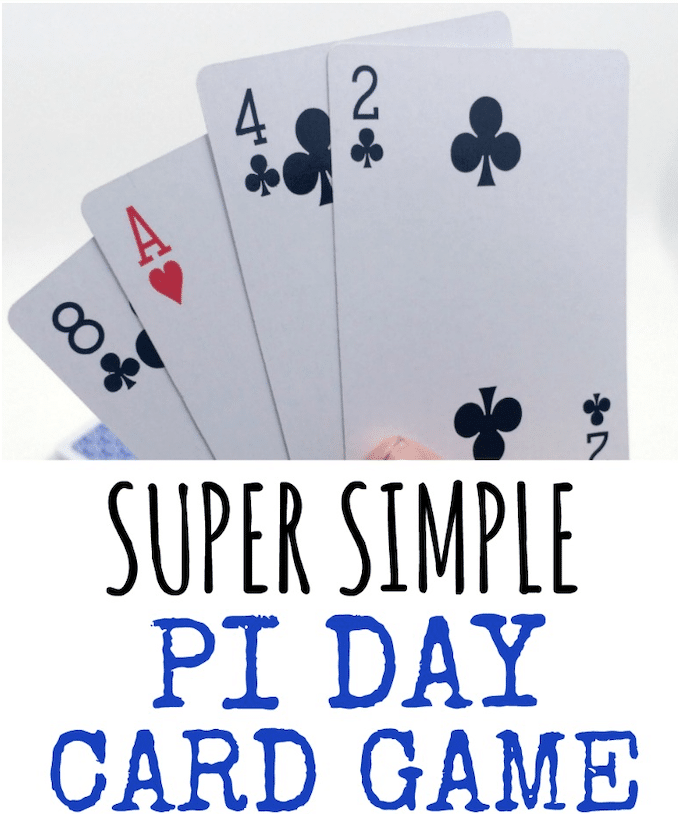
4. A Fun Race to Pie
Play a Pi Card Game! Here’s how it works- divide students into groups and get a deck of cards (for social distancing or virtual learning each student can use their own deck) and take out all Aces, Jacks, Jokers, Kings, and Queens. Give each student 5 cards to hold and keep the rest in the deck. The goal of the game is to play all of the card numbers that make up Pi, so the first card that must be played is a 3- if no one has a 3, students must take turns drawing cards until someone can lay down a three, and then you go to the next number in Pi, 1 and so on. The person with the fewest number of cards in their hands once the deck is empty (or you reach the number you would like to stop at in Pi) is the winner!
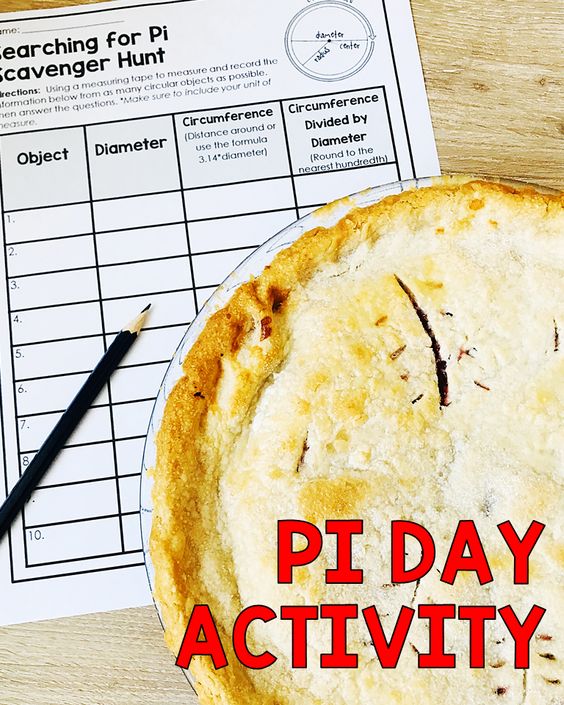
5. A Pie Day Scavenger Hunt
Ready, Set, GO find Pi! Have students find and measure as many circular things that they can around the house or the classroom with a tape measure. They will then have to record the object they find, the diameter, and then use Pi to find the circumference. If you would like, you can even give prizes away to those who find 10 different circular objects and measure them!
Don’t forget to celebrate by eating your favorite pie! If you are celebrating in the classroom you don’t have to miss out on the pie fun, just remember to make sure each is individually wrapped, like
these 4 oz pies.
For more Easy Pi Day games and activities visit our “Pi Day Activities” board on Pinterest!
Don’t forget to give us a follow at California Casualty to stay up to date on every new Pi Day idea or activity we discover! Scan our Pincode with your Pinterest camera to follow:

This article is furnished by California Casualty, providing auto and home insurance to educators, law enforcement officers, firefighters, and nurses. California Casualty does not own any of the photos in this post, all are sources by to their original owners. Get a quote at 1.866.704.8614 or www.calcas.com.

by California Casualty | Educators |
Throughout the past year, teaching a class without actually being in a physical classroom has been one of the most difficult adjustments for teachers and students alike. Through hard work and perseverance, teachers have learned to adapt their teaching methods and find new ways to help their remote students in their online environment, but unfortunately, some students are still falling behind.
If you have virtual learners that are struggling, here are a few ways you can give your students a helping hand.
Promote Community in the Virtual Classroom
Our brains are wired to be social, so the sudden lack of communal interaction can be extremely difficult – especially considering the minds of developing children. It’s vital to do everything you can to make your virtual classroom a safe space where they feel a sense of togetherness. This in turn will help them stay engaged.
Adding more group-oriented work to your lesson plans will also encourage students to communicate more actively with each other as they work to achieve a common goal as a team. Likewise, discussion-based activities can motivate students to voice their opinions and hear others, like they would if they were together in the classroom.
Give Students a Choice
No two students will react the same to a given project. Rather than demanding they stick to a strict rubric, allow them the freedom to pursue a presentation of their choice around a lesson or topic. While an essay may work for Bobby, his classmate Suzy would much rather design a PowerPoint to show off her technical skills. Finding a balance between ensuring the curriculum is taught and letting students demonstrate their own understanding of their knowledge is an easy way you can help your students succeed.
Encourage Their Individuality
Unlike a physical classroom, there’s no opportunity in virtual learning for students to have a space that feels like their own. While they’re away from their desks, encourage your students (or their parents) to create a dedicated space at home that they can make their own.
It could include anything from decorating their own backdrop with relevant posters or scenery, to filling the space with personalized items, or even using the customizable background feature on programs like Zoom (responsibly and appropriately). All of these will help promote a sense of self and bring them into “learning mode”, rather than just feeling like another day spent indoors.
Communicate With Parents
While you may already keep in touch with your student’s parents often, during virtual learning it’s as important as ever to keep mom and dad in the loop- especially if their child is struggling. With more parents helping with homework and projects these days, it’s important to always keep an open line of communication (during a set number of hours) for parents to contact you with questions and concerns. If you see a child that is starting to fall behind, reach out to their parents to see how they are doing with their work at home. For students that continue to struggle, set up a virtual meeting where you can all get together and go over solutions.
Most importantly, reassure your students that even though they may feel alone, we are all on this virtual journey together.
For more virtual learning tips click here. Have your own ideas on how to help students struggling with virtual learning? Comment below!
This article is furnished by California Casualty, providing auto and home insurance to educators, law enforcement officers, firefighters, and nurses. Get a quote at 1.866.704.8614 or www.calcas.com.
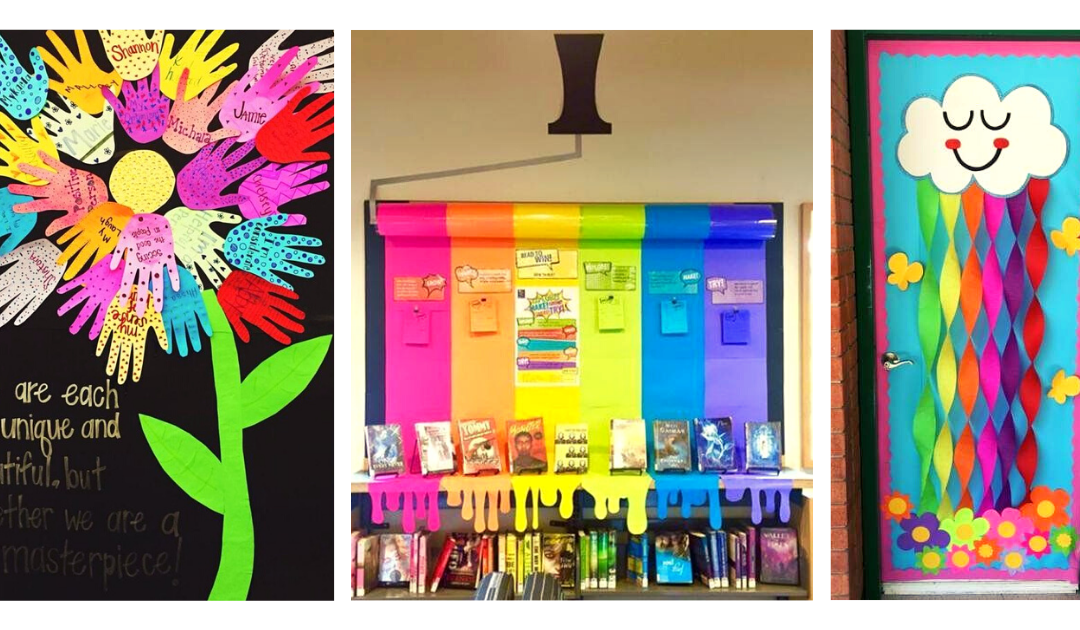
by California Casualty | Educators |
Spring is on the horizon, and that means it’s time to brighten up your classroom!
What better way to ring in the new season than with some bright bulletin boards? Here are some examples to try in your classroom!
1. All The Colors of Me
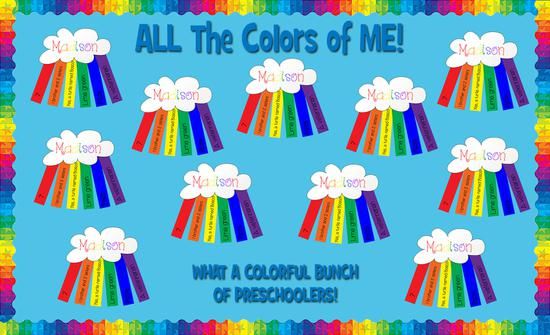
2. Look Who’s Blooming
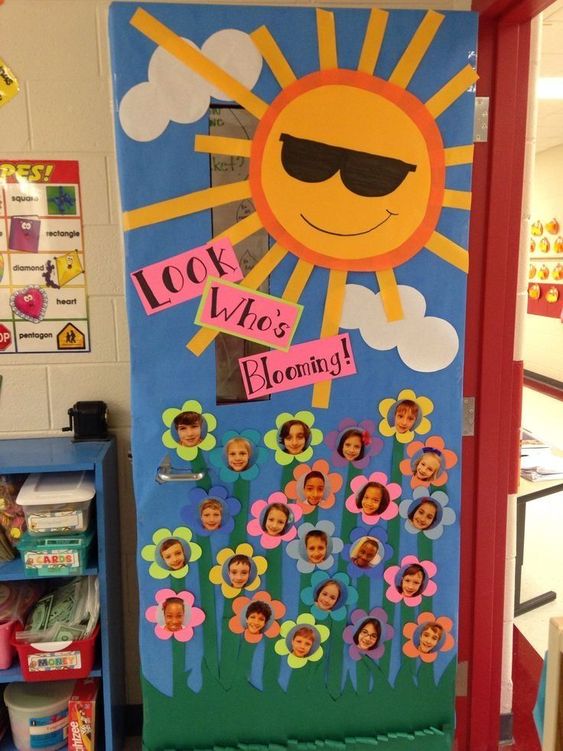
3. Soaring Into Spring
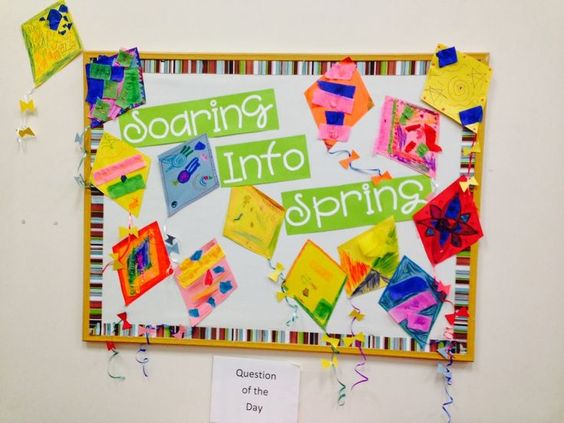
4. Raining Rainbows
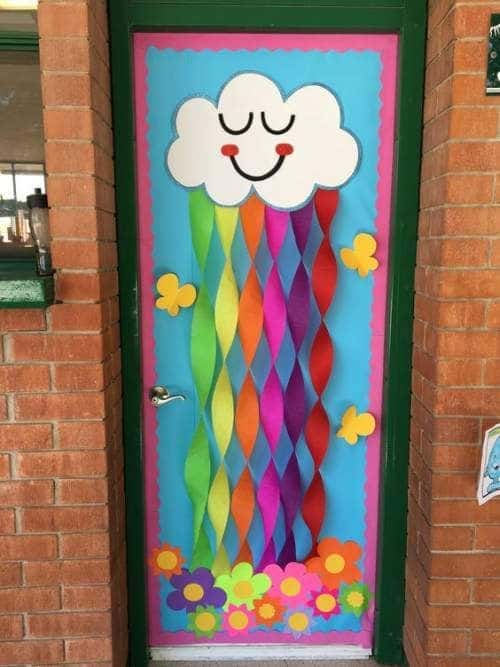
5. Young Minds Bloom Inside This Room
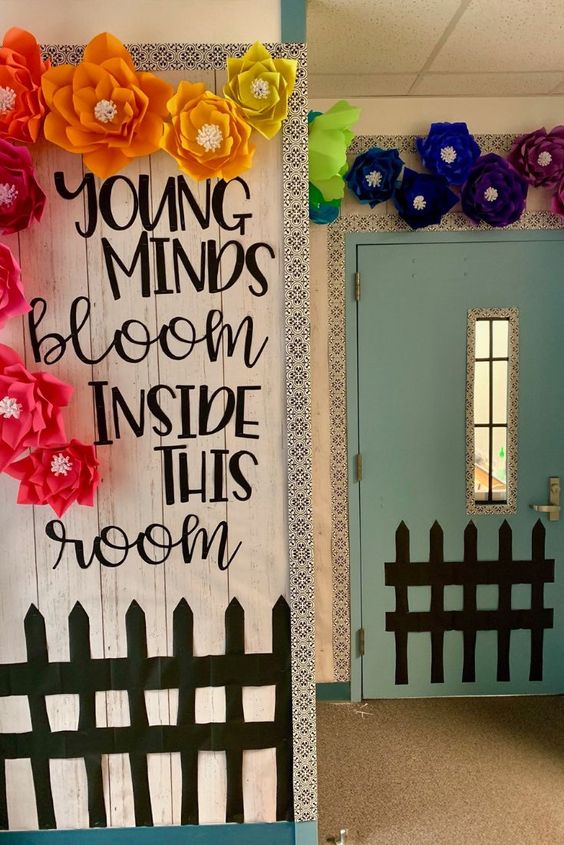
6. You Are Worth More Than Gold
7. Be the Rainbow
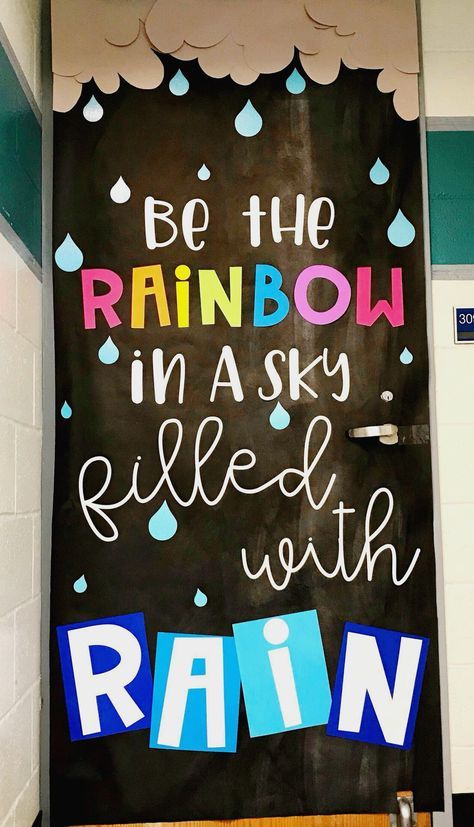
8. Helping People Grow
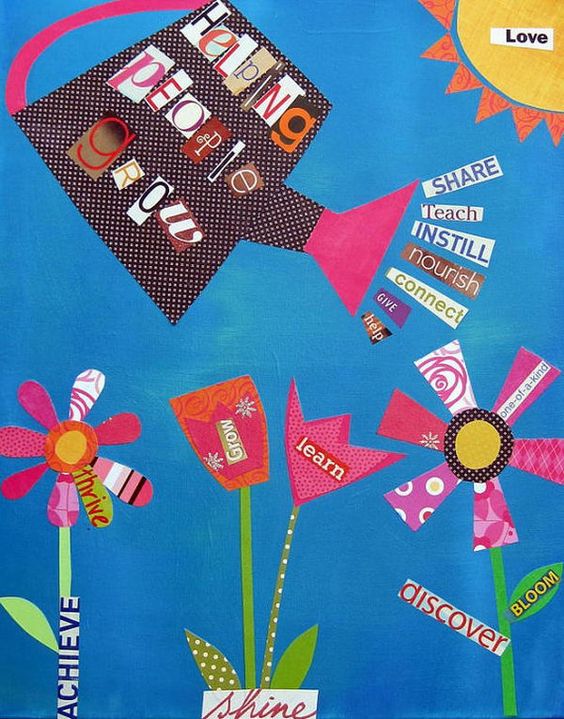
9. Chillin with my Peeps
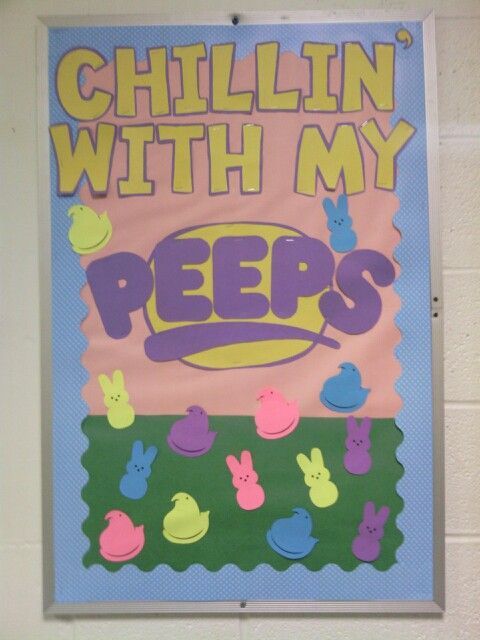
10. I’m So Lucky to Have You
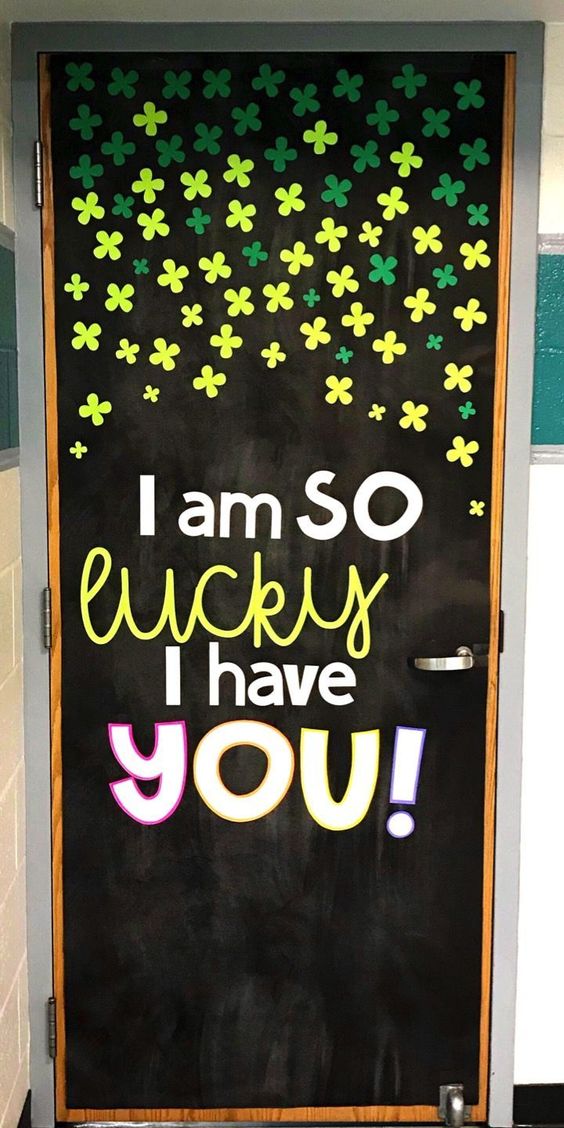
11. Reading Helps Your Mind Bloom
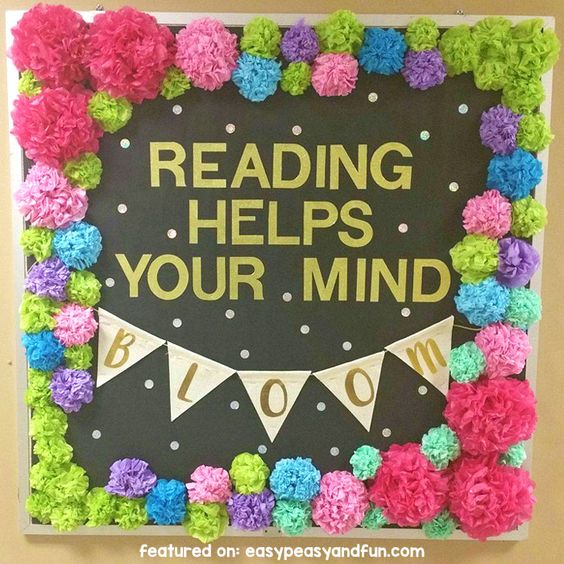
12. BEE Amazing
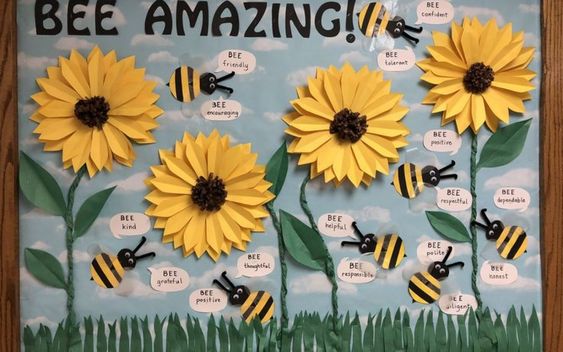
13. Spring is in the Air
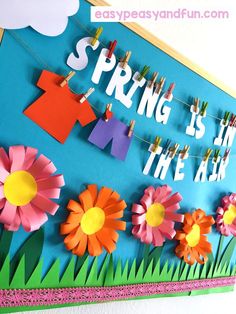
14. We’re Buggin’ for Spring
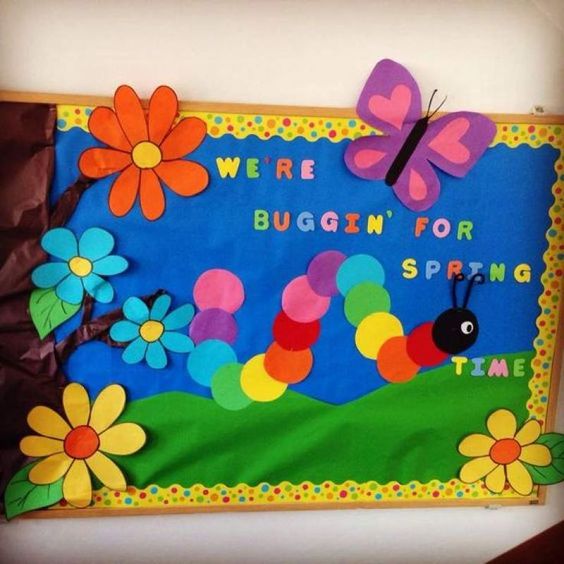
15. A Painted Rainbow
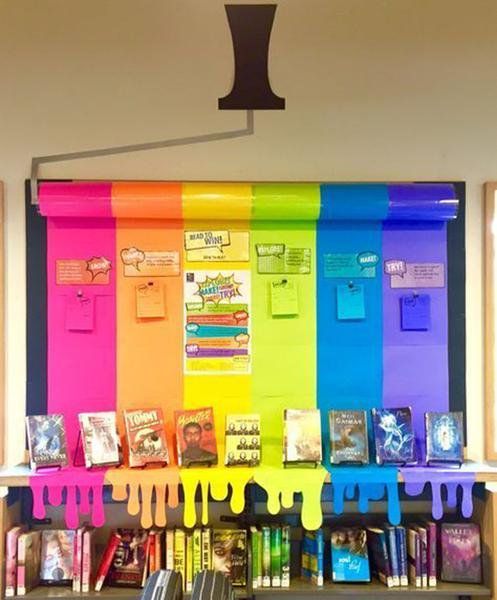
16. We Are Each Unique & Beautiful
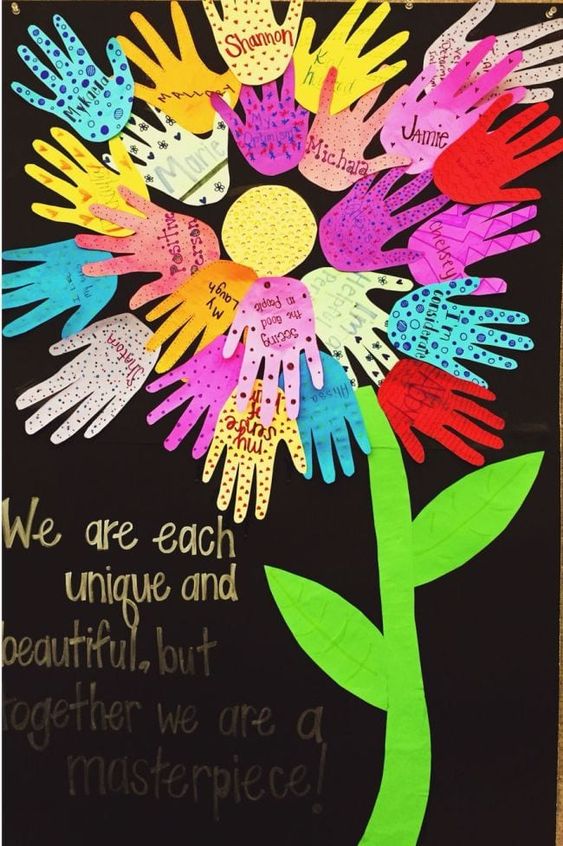
17. Be a Rainbow
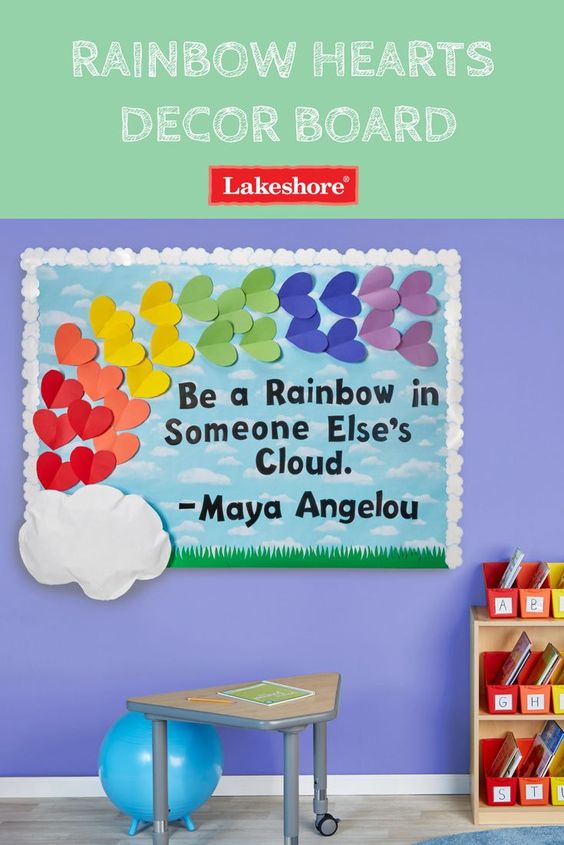
For more Spring Bulletin Boards and ideas to Brighten Up Your Classroom visit our “Teachers: Brighten Up Your Classroom for Spring!” board on Pinterest!
Don’t forget to give us a follow at California Casualty to stay up to date on every new kindness idea we discover! Scan our Pincode with your Pinterest camera to follow:
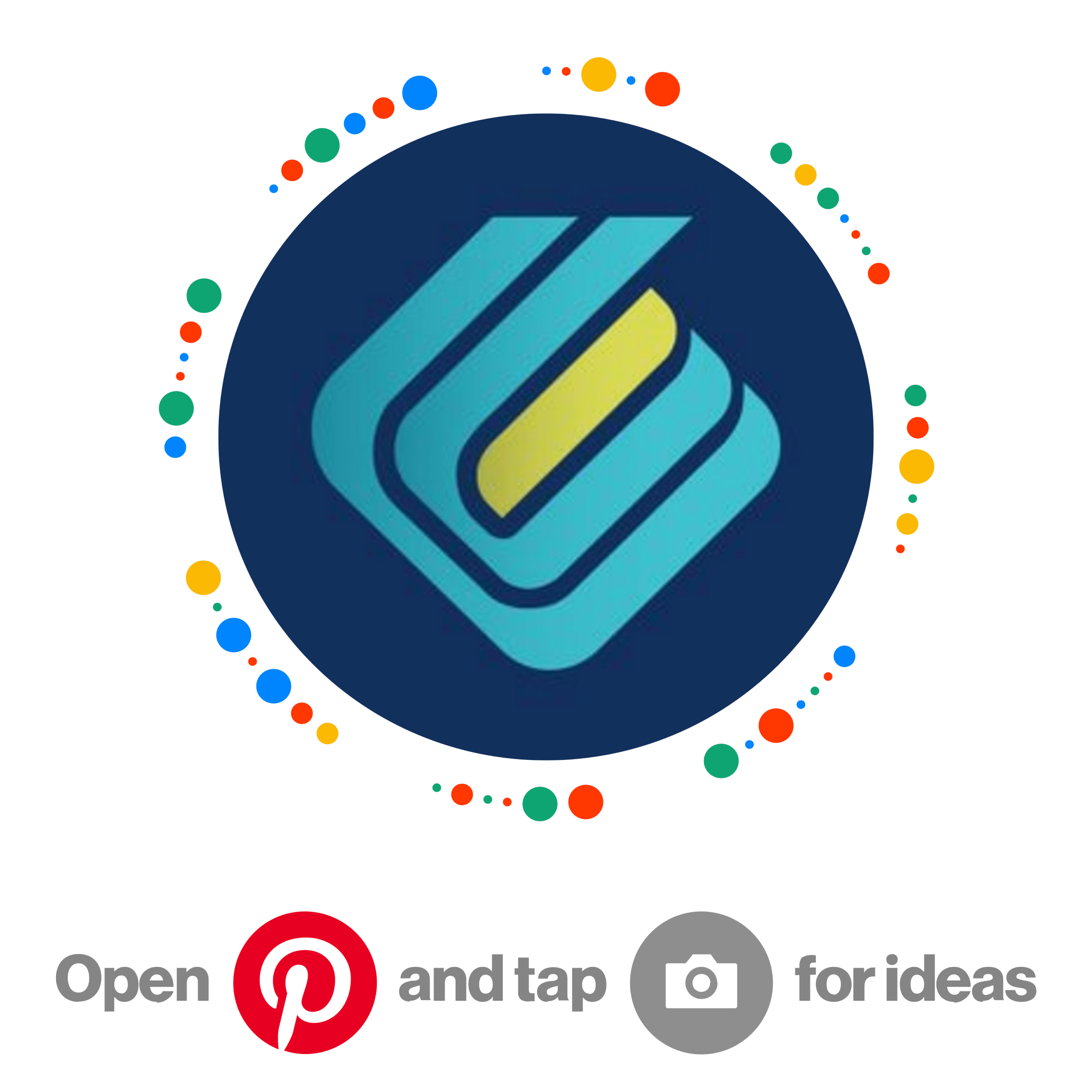
This article is furnished by California Casualty, providing auto and home insurance to educators, law enforcement officers, firefighters, and nurses. California Casualty does not own any of the photos in this post, all are sources by to their original owners. Get a quote at 1.866.704.8614 or www.calcas.com.

by California Casualty | Educators |
Help your youngsters better understand what a bully is, bullying tactics, and how to prevent them by reading books that focus on empathy, inclusion, kindness, conflict resolution, and confidence.
Here are our favorite anti-bullying books that are perfect for kids in Pre-K through early elementary school.
1. Stand Tall Molly Lou Melon
Be yourself like Molly Lou Melon no matter what a bully may do. Molly Lou Melon is short and clumsy, has buck teeth, and has a voice that sounds like a bullfrog being squeezed by a boa constrictor. She doesn’t mind. Her grandmother has always told her to walk proud, smile big, and sing loud, and she takes that advice to heart. But then Molly Lou has to start in a new school. A horrible bully picks on her on the very first day, but Molly Lou Melon knows just what to do about that.
2. We’re All Wonders
Countless fans have asked R. J. Palacio to write a book for younger readers. Palacio shows readers what it’s like to live in Auggie’s world—a world in which he feels like any other kid but is not always seen that way. We’re All Wonders may be Auggie’s story, but it taps into every child’s longing to belong, and to be seen for who they truly are. It’s the perfect way for families and educators to talk about empathy and kindness with young children.
3. The Juice Box Bully
Have you ever seen a bully in action and done nothing about it? The kids at Pete’s new school get involved, instead of being bystanders. When Pete begins to behave badly, his classmates teach him about “The Promise”. Will Pete decide to shed his bullying habits and make “The Promise”?
4. Kindness Starts With You
Follow Maddy through her day at school, where your child will learn how easy it can be to spread kindness. From taking turns on the swing to including everyone in the game – this storybook shows that no act of kindness, no matter how small, is ever wasted! A lightbulb lesson of kindness is found on each page!
5. Stick and Stone
When Stick rescues Stone from a prickly situation with a Pinecone, the pair becomes fast friends. But when Stick gets stuck, can Stone return the favor? Author Beth Ferry makes a memorable debut with a warm, rhyming text that includes a subtle anti-bullying message even the youngest reader will understand. In this funny story about kindness and friendship, Stick and Stone join George and Martha, Frog and Toad, and Elephant and Piggie, as some of the best friend duos in children’s literature.
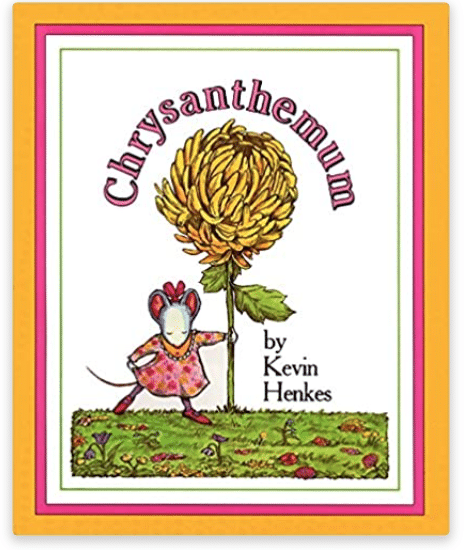
6. Chrysanthemum
Chrysanthemum is a funny and honest school story about teasing, self-esteem, and acceptance to share all year round. Chrysanthemum thinks her name is absolutely perfect—until her first day of school. “You’re named after a flower!” teases Victoria. “Let’s smell her,” says Jo. Chrysanthemum wilts. What will it take to make her blossom again? Chrysanthemum is a classic that gets children thinking about and bonding with their own names and the names of everyone else in the class, and it’s the perfect vehicle for starting a discussion about treating classmates with tolerance, kindness, and compassion.
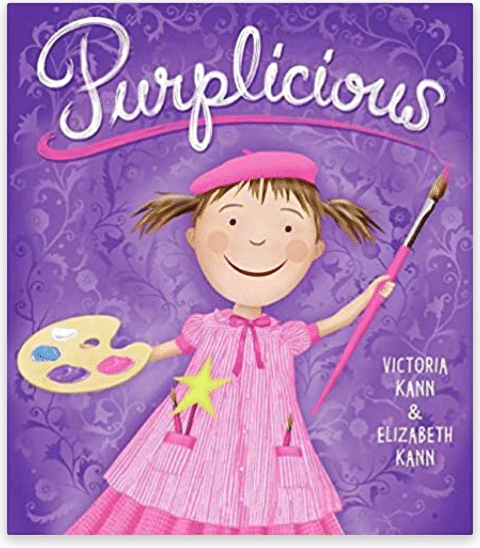
7. Purplicious
In this follow-up to the New York Times bestselling Pinkalicious, a young girl remains true to herself and discovers that pink isn’t only a pretty color, but also a powerful one. While everyone knows Pinkalicious’s favorite color is pink, the bullies at her new school don’t agree. All the girls are wearing black, painting in black, and making fun of Pinkalicious for loving pink. “Pink is for babies and stinks!” they tell her. Pinkalicious feels left out until she learns that pink can be a powerful color, and that the most important thing is to be yourself.
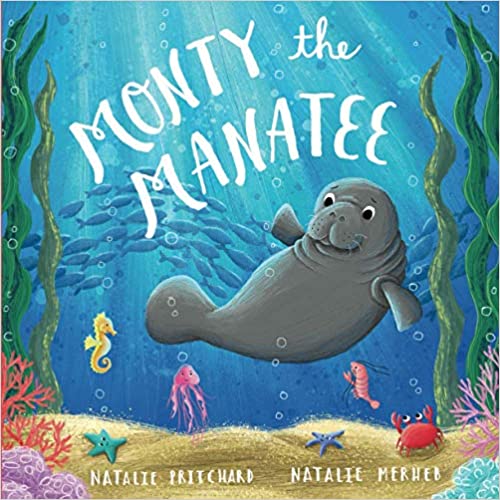
8. Monty the Manatee
Meet Monty. He’s a big creature with an even bigger heart. Monty’s nervous because it’s his first day at Sea School. He tries to make new friends but the other sea creatures think he’s a bit slow and strange….so they’re mean to him and call him names! When a dangerous predator invades the classroom and threatens to eat them all for his supper, Monty comes up with a plan. Is he brave or clever enough to save them all? The other creatures don’t think he is.

9. Empathy is Your Super Power
Learning to understand and care about the feelings of others is one of the most important steps in a child’s development―and it’s never too early to help little ones build those skills. This beautifully illustrated storybook teaches young kids how to recognize and practice empathy through simple real-life scenarios that are easy for them to understand. It’s written with clear language for adults to read aloud and features discussion questions and activities that encourage kids to talk about what they learned and use it in their lives.

10. One
Blue is a quiet color. Red’s a hothead who likes to pick on Blue. Yellow, Orange, Green, and Purple don’t like what they see, but what can they do? When no one speaks up, things get out of hand — until One comes along and shows all the colors how to stand up, stand together, and count. As budding young readers learn about numbers, counting, and primary and secondary colors, they also learn about accepting each other’s differences and how it sometimes just takes one voice to make everyone count.
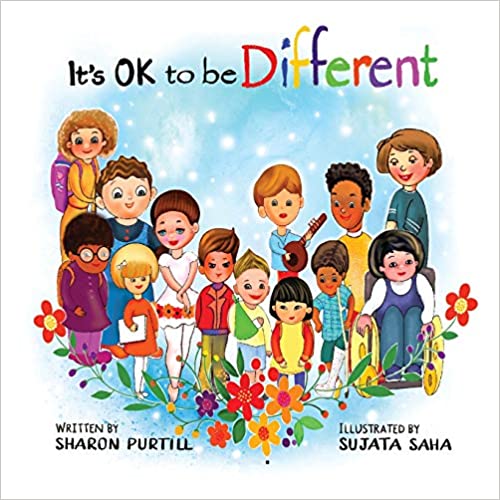
11. It’s OK to be Different
Every Child is Unique! Whether they are big or small, short or tall, like to swim, dance, sing, or bike. Perhaps they have a special need or are from a different ethnic background. Maybe they wear glasses or talk differently. The truth is that all children are different and their individuality should be celebrated, not bullied or shunned. And this inspiring and brightly illustrated rhyming picture book does just that. By highlighting the ways kids are different from one another, it helps children to accept themselves and others as the beautifully unique individuals that they are.
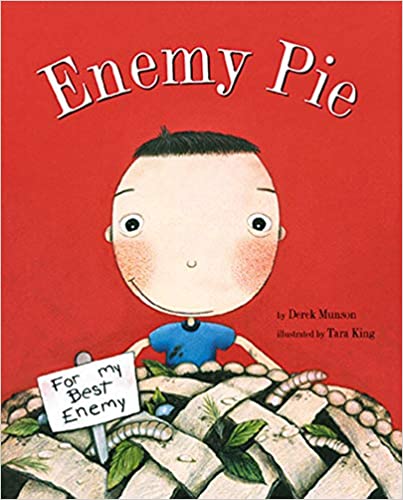
12. Enemy Pie
It was the perfect summer. That is, until Jeremy Ross moved into the house down the street and became neighborhood enemy number one. Luckily Dad had a surefire way to get rid of enemies: Enemy Pie. But part of the secret recipe is spending an entire day playing with the enemy! In this funny yet endearing story, one little boy learns an effective recipe for turning a best enemy into a best friend.
13. The Recess Queen
Mean Jean was Recess Queen and nobody said any different. Nobody swung until Mean Jean swung. Nobody kicked until Mean Jean kicked. Nobody bounced until Mean Jean bounced. If kids ever crossed her, she’d push ’em and smoosh ’emlollapaloosh ’em, hammer ’em, slammer ’emkitz and kajammer ’em. Until a new kid came to school! With her irrepressible spirit, the new girl dethrones the reigning recess bully by becoming her friend in this infectious playground romp.
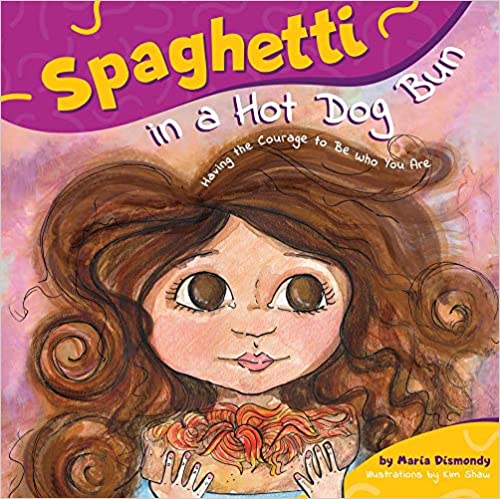
14. Spaghetti in a Hot Dog Bun
Lucy has big hair, eats fun foods and is teased by a boy named Ralph at school because she is different. She tries to be brave but she wishes the teasing would stop. What should I do? she asks herself over and over. Lucy’s Papa Gino reminds her to do the right thing and treat people with kindness. So when Ralph gets stuck on the playground and needs help, will Lucy use this chance to teach Ralph a lesson? Or will she have the courage to be true to herself and make the right choice with an act of kindness?
15. Llama Llama and the Bully Goat
Llama Llama is learning lots of new things at school and making many friends. But when Gilroy Goat starts teasing him and some of their classmates, Llama Llama isn’t sure what to do. And then he remembers what his teacher told him—walk away and tell someone. It works! But then Llama Llama feels badly. Can he and Gilroy try to be friends again?
What are your favorite anti-bullying books for young readers? Tell us in the comments below!
This article is furnished by California Casualty, providing auto and home insurance to educators, law enforcement officers, firefighters, and nurses. Get a quote at 1.866.704.8614 or www.calcas.com.
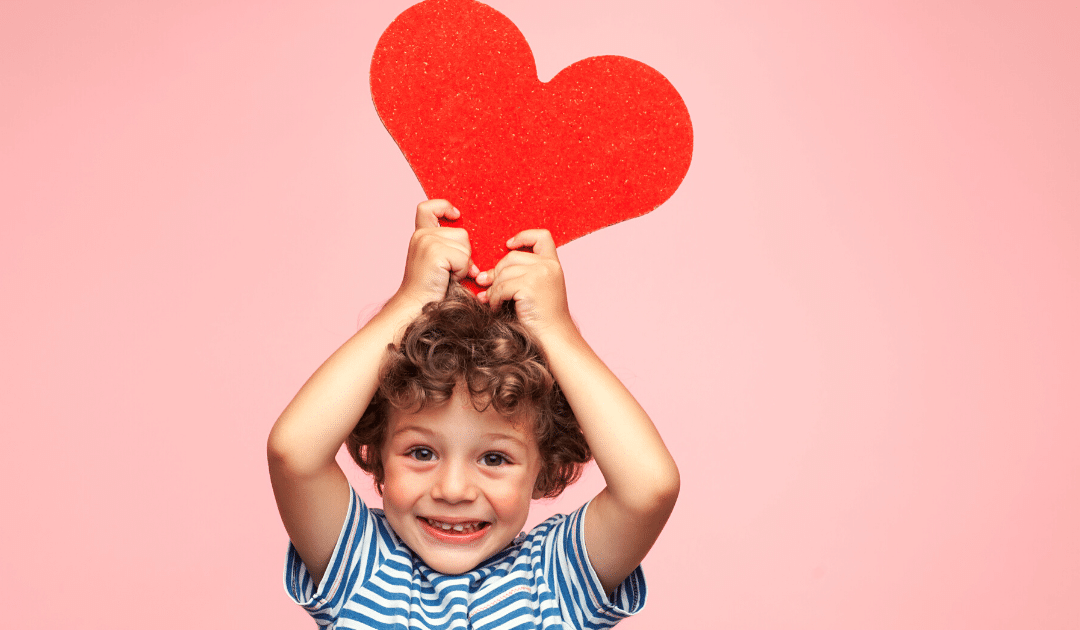
by California Casualty | Educators |
Who knew we needed this holiday so much!? Celebrating friendship, love, appreciation, and inclusivity – Valentine’s Day is a great opportunity to bring your class some fun and good-feels after a tough year.
In normal times, we’d be organizing handmade paper valentines, classroom activities, candy hearts, and other treats for an in-person celebration. But this year requires a little creativity in moving the holiday online and rocking it – luckily, we’ve gathered up a list of 13 great ideas to help you do just that!
1. Throw a party – Yep, even if you’re teaching remotely you can still throw a great virtual party. The key is creating a fun mood and tone. Decorate your space in pink and red (even just a little goes a long way) with things like garlands, paper heart cut-outs, paper flowers, and other crafts. Check out tips on resources, tech, and tailoring for different grade levels here.
2. Make Valentine’s Day cards – These are the beloved Valentine’s standby – and the good news is they’re not going anywhere. With some planning ahead, you and your class can still make traditional paper cards (see #s 2, 3, 16, and 18 here) or you can go totally virtual using any of the many online cardmaking apps out there. We also have free downloadable teacher-to-student Valentine’s cards on our blog.
3. Do holiday word games – From word scrambles to crosswords and rhyming exercises check out these holiday-themed downloadable worksheets.
4. Get crafty – Send a craft packet out to your students ahead of time and add craft-making to your party plan. The ideas are endless: beaded hearts with pipe cleaners, heart pockets, friendship bracelets, collages, and more – find dozens of ideas here and here.
5. Embrace magnetic poetry – Students can create poetry for the occasion by using this easy-to-use free online tool.
6. Facilitate peer shout-outs – Part of the beauty of Valentine’s Day is lifting up the things we find great about another person. Use this cool heart-shaped word cloud to help students create clouds containing things they love about their fellow students or family members. This exercise is great to assign to student pairs.
7. Do a candy heart experiment – Slip in some science with this fun activity. Best for preschoolers or kindergarteners (requires parental supervision).
8. Spread the love – Check your local Children’s Hospital or hospital’s pediatric unit to see if they have a Valentine’s Day card campaign your classroom can join. These can be done online and be delivered electronically. Pro tip: hospitals usually ask that the message sticks to a Valentine’s theme rather than a “get well” message.
9. Share stories – Ask students to create their own “Things I Heart”: on a heart-shaped paper cut-out, they can write down things they love in their life – this could be people, pets, food, activities, sports – anything that makes them happy and feeling good. Besides being good for the holiday, this also helps them start strengthening their gratitude muscle. Download our printable template here.
10. Do a kindness challenge – Devote the day, a week, or even the whole month to a kindness challenge. The idea is to have kids think of little kindnesses they can do for others – such as leaving a thank-you note for their mailman, doing an extra household chore for their parents, or hanging a birdfeeder for hungry birds. Find more ideas here and here (make Covid adjustments as necessary).
11. Have a poetry reading – There are a zillion poems about friendship and love – and plenty appropriate for every grade level. Have students find a poem they like and then share it with the class (older ones can memorize and recite; little ones can read from the page or screen).
12. Do some creative writing – There are so many writing prompts for the day! Have students write their own poetry, write a friendship letter, make a gratitude list, draft a love letter to the earth or write thank-you notes.
13. Holiday gif – Kids can easily make Valentine’s-themed pixel art for free at home. A great intro to animation!
Just because Valentine’s Day may not happen in the classroom this year doesn’t mean it can’t still be great. Enjoy this day of kindness and love with your students – kindness really does make the world go round!
This article is furnished by California Casualty, providing auto and home insurance to educators, law enforcement officers, firefighters, and nurses. Get a quote at 1.866.704.8614 or www.calcas.com.



